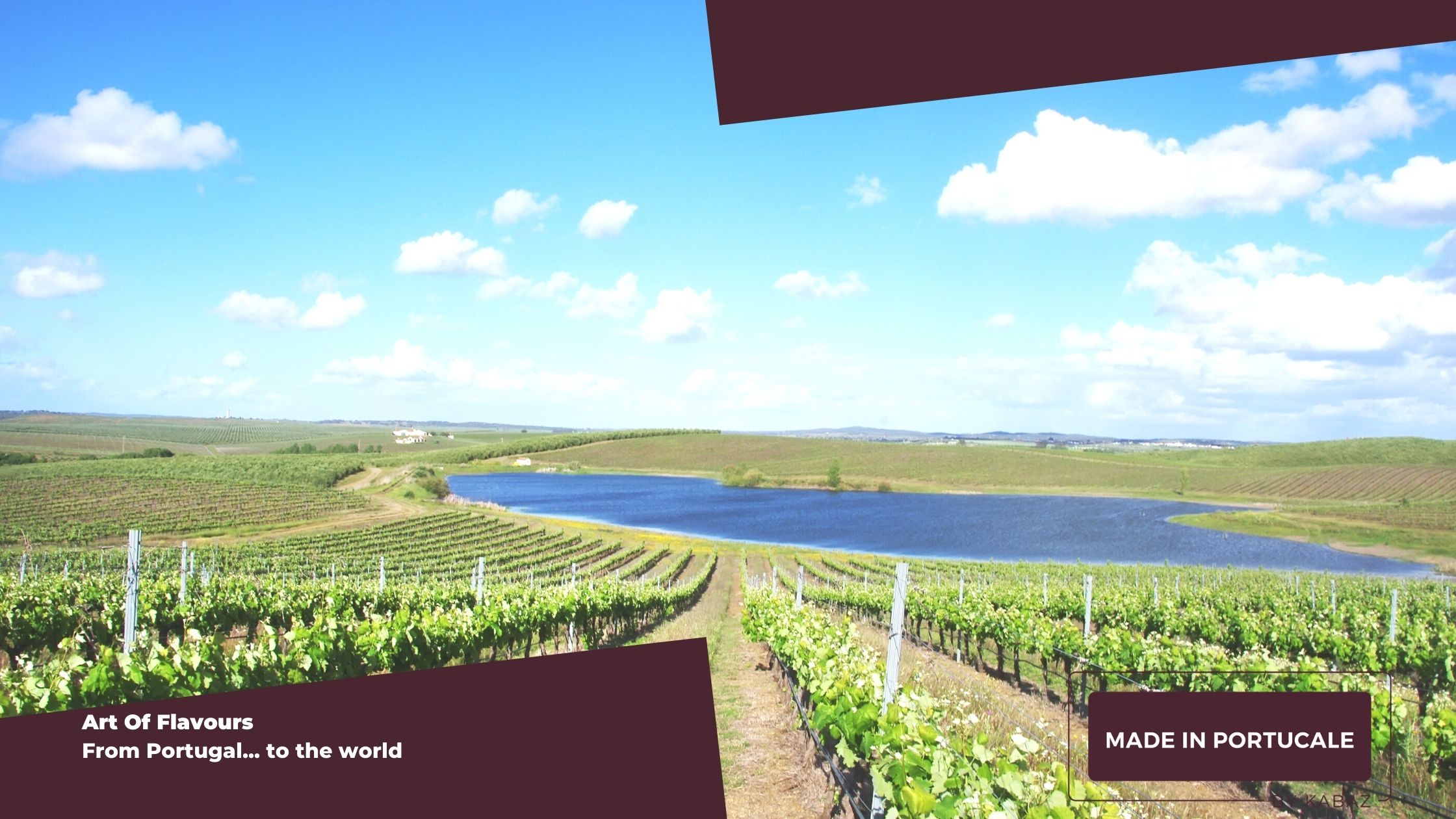
Região de Vinhos do Alentejo
Portugal uma das nações mais antigas, conheceu ao longo dos séculos, as planícies alentejanas com diversos ocupantes, originários das mais variadas culturas. A Região de Vinhos do Alentejo tal como a conhecemos, resulta muito da sua história e do contributo dos vários povos que ocuparam este território.
O património e a história
Muitos daqueles que ocuparam a região do Alentejo, tiveram importantes contributos que a história regista, nomeadamente a Vinha e o Vinho são bons exemplos.
As actividades económicas relacionadas com a produção de Vinho no Alentejo, desde a Vinha ao Copo de Vinho observamos que existem muitas tradições enraizadas nesta região.

The historical heritage, both gastronomic and vinous is very rich, certainly contributed to the fact that many of the wines produced in the Alentejo wine region on the list of most consumed wines in the country.
Within the Region Vitivinícola Alentejo we can see that the relief accidents are almost nonexistent, except some highs not too prominent, like the mountains of São Mamede Mountains in Portalegre, which drives climate and influences in a way the wines whose Result Vineyards planted in this municipality, functioning as an exception to what can be consumed from the rest of the Alentejo territory, but a very different and interesting exception.
In any case, the Alentejo Wine Region has all the conditions to offer good wines.

Terroir
In the months before the harvest, the rain is scarce and the sun is abundant, which favors an adequate ripening of the grapes. The soils,despite their diversity, are also suitable, in general, for the cultivation of vines.
In this vast and differentiated territory of the Alentejo Wine Region is divided into three districts, Portalegre, Évora and Beja, which together make up the natural boundaries of the Regional Wine.
The wine region of Alentejo is also composed of eight sub-regions of the geographical area of production of DOC Alentejo in particular sub-region of Borba, Évora, Granja-Amareleja, Moura, Portalegre, Redondo, Reguengos and Vidigueira.

If you are looking enjoy the Alentejo wines, which in many cases are the original producers, characteristic of the region that are not mass market by producing small amounts, then one thing is certain, in our formatting of the offer are sure that every bottle of wine is produced with lots of fruit, that is, made with grapes. If you want to test and find out, click here and place your bet.
To know the other regions, click here.









